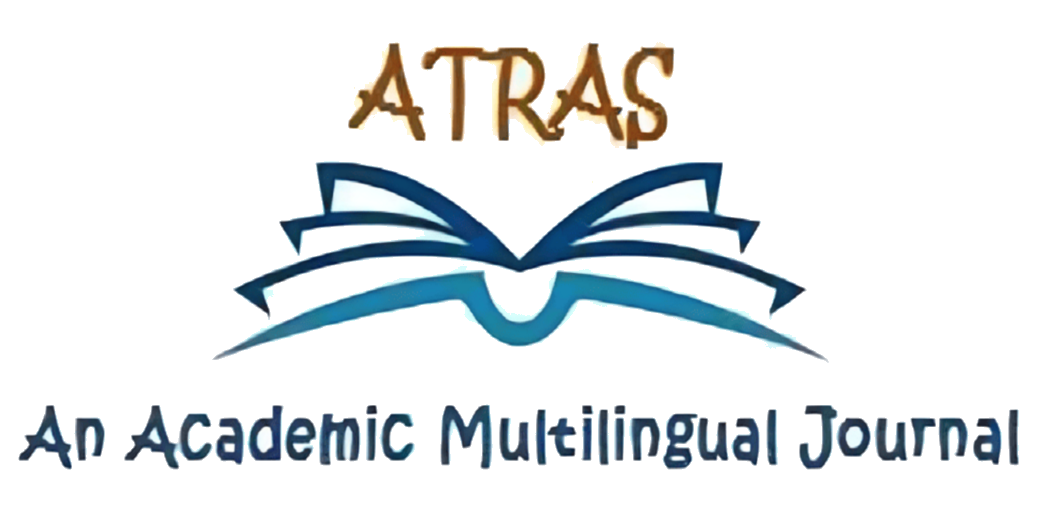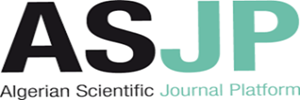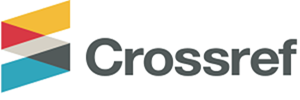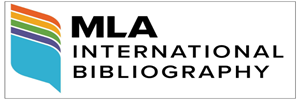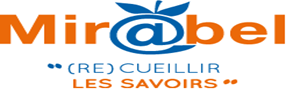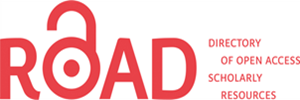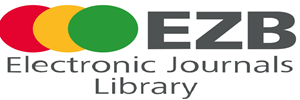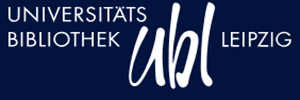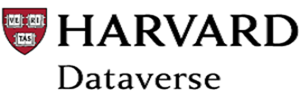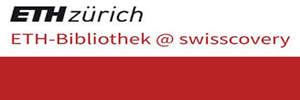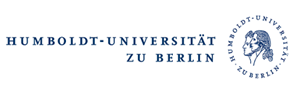Title: A Content Analysis of ‘’My English Book’’ of the First-Year Middle School in the Light of the Multiple Intelligences Theory Case Study: Algerian Textbooks
Hadjira HICHOUR
University of Saida, Dr. Moulay Tahar
Abstract:
This study aimed to investigate and analyse the activities of ‘My English Book’ of the first-year middle school in the light of the Multiple Intelligences Theory MIT. The purpose of the study was to find out the extent to which My Book of English for the First Middle School incorporated MIT using content analysis. The sample of the study included the student textbook of the first grade in the middle school and twenty-one teachers who work with this book (Thirteen male and eight female EFL teachers from different middle schools). The results revealed that although the minister of education tried to incorporate the various recent teaching and learning theories and approaches, no reference was made to MIT.
Keywords:
English Book, Middle School, Multiple Intelligences Theory, Algeria
How to Cite this Paper:
Hichour, H. (2022). A Content Analysis of ‘’My English Book’’ of the First-Year Middle School in the Light of the Multiple Intelligences Theory Case Study: Algerian Textbooks. Atras Journal, 3(1), 31-36
References
Campbell, L. (1997). How Teachers Interpret MI Theory. Educational Leadership. Bas, G. (2008). Integrating Multiple Intelligences in ESL/EFL Classrooms. The Internet TESL Journal, Vol. XIV, No. 5.
Bothelho, M. d. d. l. (2003). Multiple intelligences theory in English language teaching; Analysis of current textbooks, materials and teachers’ perceptions. Master of Arts Dissertation. The College of Art and Sciences of Ohio University
Gardner, H. (2004). Frames of Mind: The Theory of Multiple Intelligences (10th ed). New York: Basic Books
Gilman, p. (1997). The curriculum: Theoretical Dimensions. New York: Longman
Lambert, T. (1997). Frag Ballets and Muzical Fractions. Educational Leadership, 45 – 46
Kallenbach, S., & Viens, J. (Eds.). (2001). Multiple intelligences in practice. Teacher research reports from the Adult Multiple Intelligences Study. Cambridge, MA: National Center for the Study of Adult Learning and Literacy.
Project, S. (1999). Human Intelligences, the Theory of Multiple Intelligences. Retrieved February 4, 2020, from http://indiana.edu/&intell/mitheoey.shtml
Stoddar, S. (1956). An Overview of Content Analysis. Practical Assessment, Research and Evaluation, 7 (17). Retrieved April 21, 2020. From: http://pareonline.net/getvn.asp!v=7&n=17

Copyright for all articles published in ATRAS belongs to the author. The authors also grant permission to the publisher to publish, reproduce, distribute, and transmit the articles. ATRAS publishes accepted papers under the Creative Commons Attribution-NonCommercial 4.0 International (CC BY-NC 4.0) License. Authors submitting papers for publication in ATRAS agree to apply the CC BY-NC 4.0 license to their work. For non-commercial purposes, anyone may copy, redistribute material, remix, transform, and construct material in any media or format, provided that the terms of the license are observed and the original source is properly cited.
